MyHEAT achieves Climate Neutral Certified status.
Greenhouse gas emissions: a planetary-scale problem
Every year, the world produces approximately 15 gigatons (that’s 1,000,000,000 tons, or approximately the weight of 250M African elephants) of global carbon emissions from energy used to heat and cool our buildings. And every year, the world wastes more energy than it consumes. This is a big problem.
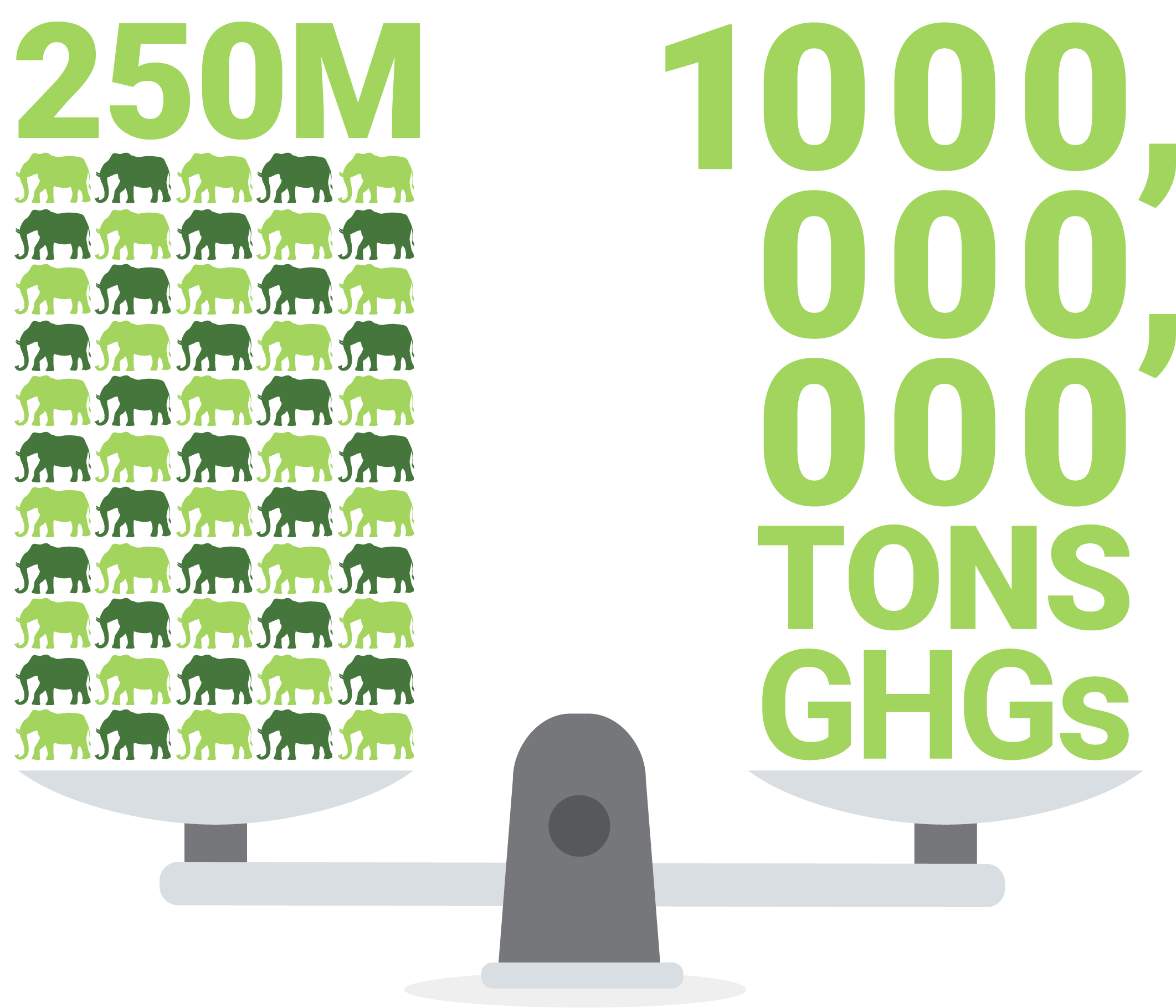
The greenhouse gas emissions (GHGs) released in this process represent roughly one third of the world’s total. These GHGs are harmful to our atmosphere, leading to increased frequency and severity of natural disasters, drought, ocean acidification, desertification, ecosystem instability, and poor air quality in many areas of the world, among other severe consequences.
Leading climate scientists agree we are fast approaching our global ‘carbon budget‘ and exceeding our planetary boundaries. Clearly, the time to act is now.
Making Energy Visible™
To tackle the invisible problem of wasted energy and emissions, MyHEAT builds tools to Make Energy Visible™ and help homeowners visually understand the amount and location of heat leaving their homes, communities, and cities.
Our solutions directly support several of the UN Sustainable Development Goals, and our mission is to empower a worldwide reduction in urban greenhouse gas emissions, one building at a time. In fact, we estimate we have the global potential to scale to a reduction of 0.5 to 1 gigaton of GHGs annually.
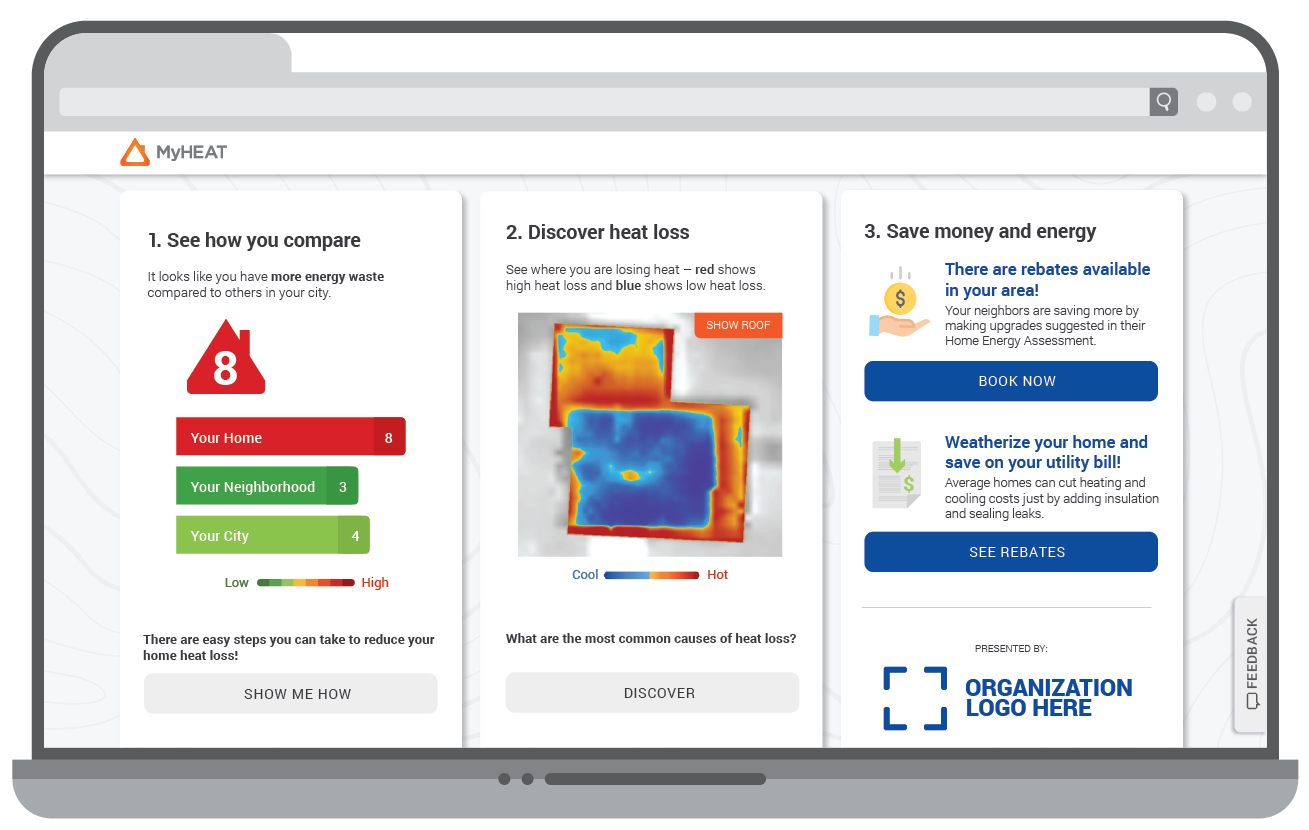
But as a company, MyHEAT also has its own carbon footprint. From powering our offices to acquiring airborne data and hosting our online platforms, all of these activities require energy.
Prioritizing climate action, now
We believe that as a company focused on helping others reduce their energy consumption and carbon footprint, we have a responsibility to reflect inwards and do the same.
That’s why today, we are proud to announce we are Climate Neutral Certified!
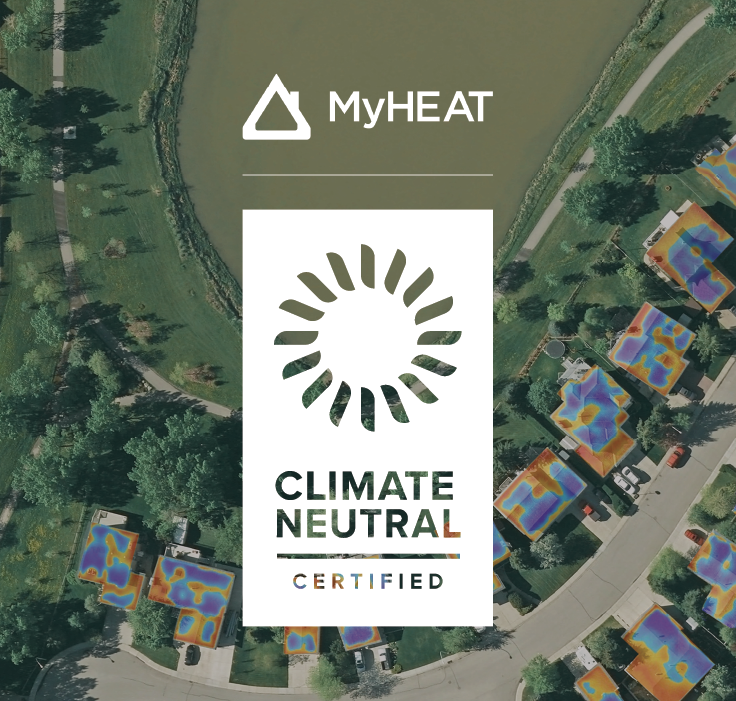
But what does this mean? Working with Climate Neutral, we have achieved 3 major milestones:
1. We measured our 2020 emissions
During this process, we reviewed the full scope of our business activities to assess how much energy we use to power our offices, how our employees commute to work and how often, the products and services that we procure, and how we deliver our online platforms to our customers and partners.
Each of these activities has its own carbon footprint that needs to be measured, and Climate Neutral provides a measurement tool that provides the emission values for thousands of different types of business activities.
2. We offset our 2020 emissions
Once we determined our emissions footprint, we entered into a pooled procurement process, coordinated by Climate Neutral, to purchase a sufficient amount of carbon offset credits equivalent to our 2020 footprint of 76 tons.
Not every carbon offset credit is made equal. Climate Neutral carbon credits are assessed against several criteria to ensure they are high quality and that they meet international standards. It’s important that carbon offset credits aim to reduce carbon in the atmosphere for as long as possible, and that the carbon emissions reduced are incremental, meaning that without our purchase, they wouldn’t have already been reduced.
Our offset credits came from 3 main forestry projects, as part of a Nature-Based Solutions project focus:
- Katingan Peatland Restoration and Conservation Project | Kalimantan, Indonesia
This project restores and protects one of the largest remaining peat swamps, which supports healthy soil and clean water, and provides habitat for Proboscis Monkeys and endangered Orang-utans. This project’s verified details can be found here.
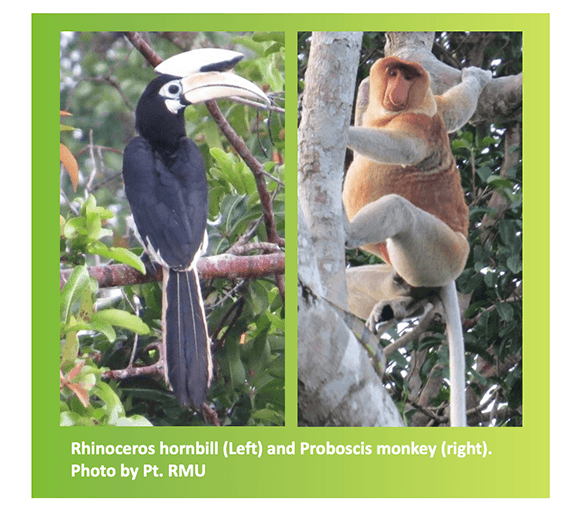
- Envira Amazonia Project | Acre, Brazil
The Envira Amazonia Project commercializes the sale of açaí, rubber, and medicinal plants to create an alternative income source and reduce deforestation pressure for over 494,000 acres of endangered tropical rainforest near the city of Feijó in Brazil. This project’s verified details can be found here.
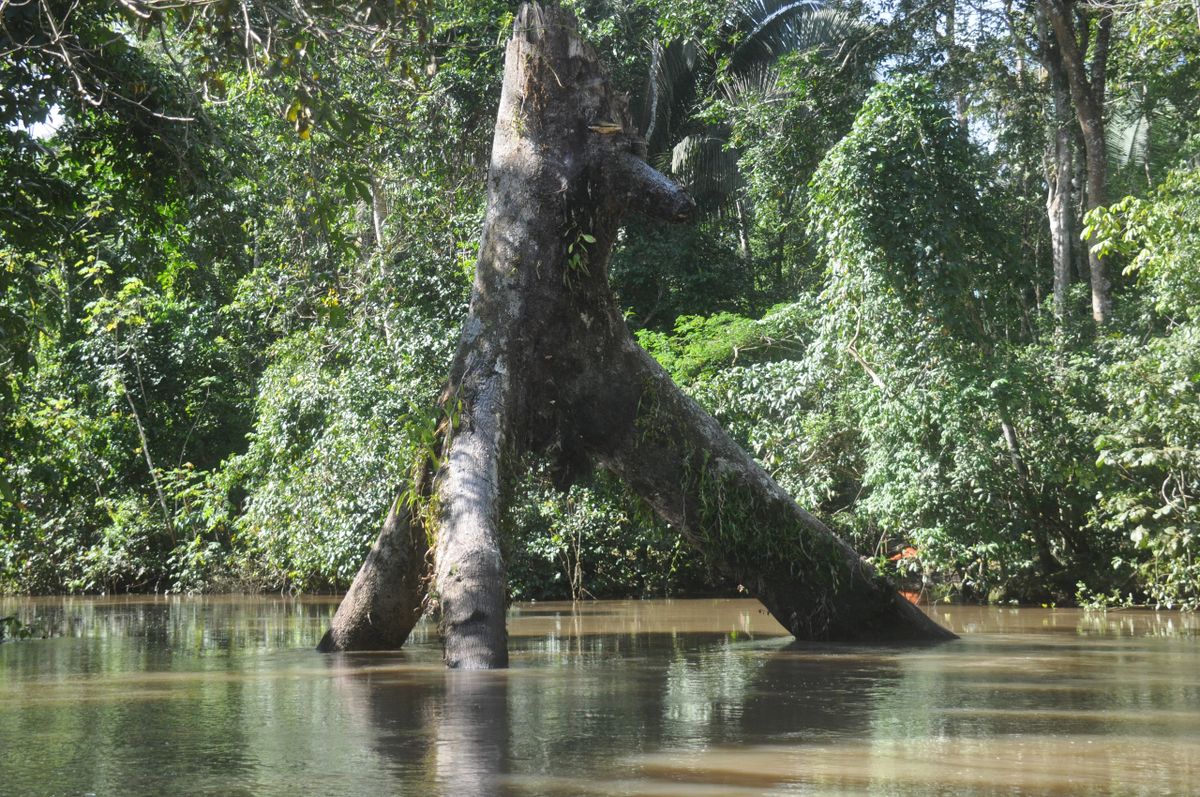
- Blandin Native American Hardwoods Conservation Project | Minnesota, U.S
The Blandin Native American Hardwoods Conservation Project maintains ecosystem quality while continuing sustainable timber production in almost 200,000 acres of forest that supports more than 3,200 workers and hundreds of businesses. Sustainable use of this forest helps promote carbon sequestration while protecting habitat for 47 species of birds, over 30 species of mammals, and trout. This project’s verified details can be found here.
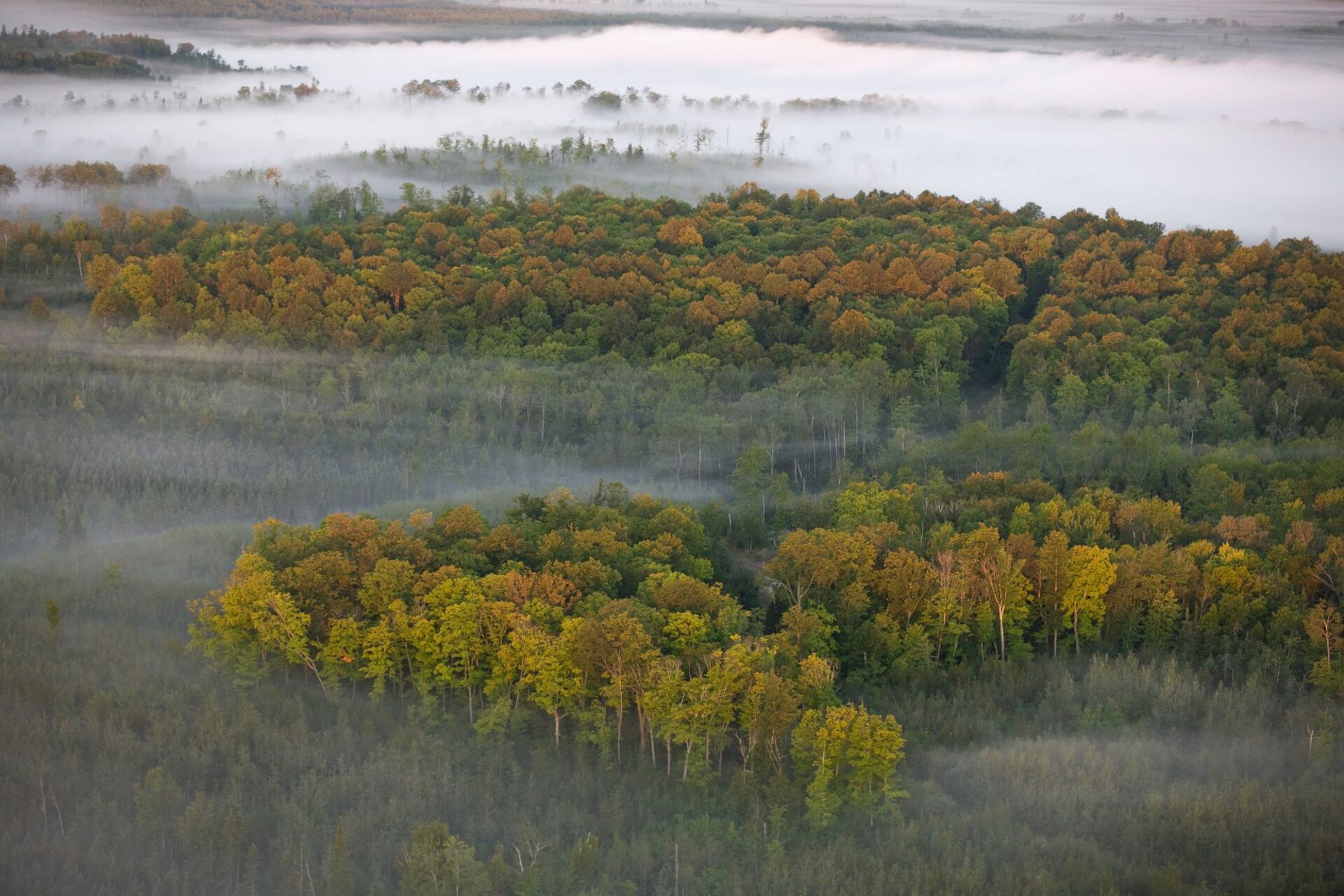
3. We committed to reducing our emissions in the future
Just as our technology seeks to help homeowners reduce their energy consumption, we too are committing to reducing our carbon footprint.
In this first year of certification, we have chosen to focus on two attainable, realistic goals to reduce our emissions.
Goal #1: We commit to reduce office emissions for energy used to power, heat, and cool our office.
With our primary operations in Calgary, Alberta, the electricity used in our facilities has a relatively high grid carbon intensity. This means that a high percentage of electricity generated is derived from the burning of fossil fuels. Reducing this impact by opting to procure more clean energy from the local utility provider is one way to reduce grid carbon intensity, and sends a market demand signal that cleaner energy is more favourable.
Goal #2: We commit to reduce employee commuting emissions
While the number of employees commuting in 2020 was significantly lower than before, addressing emissions from commuting is still an attainable and easy goal to achieve. By creating a bike-to-work incentive program, we hope to make cycling a more attractive and affordable option for our employees.
The net-zero path ahead
Looking forward, MyHEAT’s business model means that the more successful we are, the more potential we have to reduce global urban greenhouse gas emissions and drive toward a net-zero future, and so we are very excited to continue growing.
By achieving Climate Neutral Certified status, we hope to demonstrate to our partners, communities we serve, and our employees that we recognize the importance of meeting the climate challenge, and that though this certification is important it is the beginning of a larger effort to be a climate-positive company!
Written by
James Henry – Director of Growth & Sustainability, MyHEAT

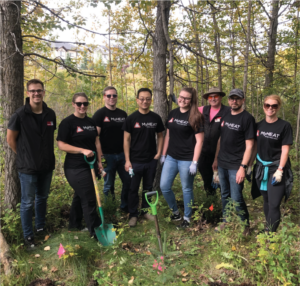
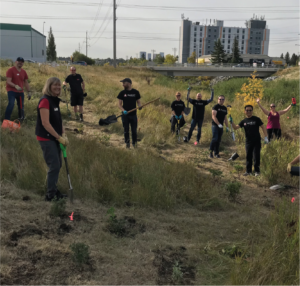

[…] the 2020 calendar year, we partnered with Climate Neutral to achieve Climate Neutral Certified status. We measured and then offset our carbon footprint with […]